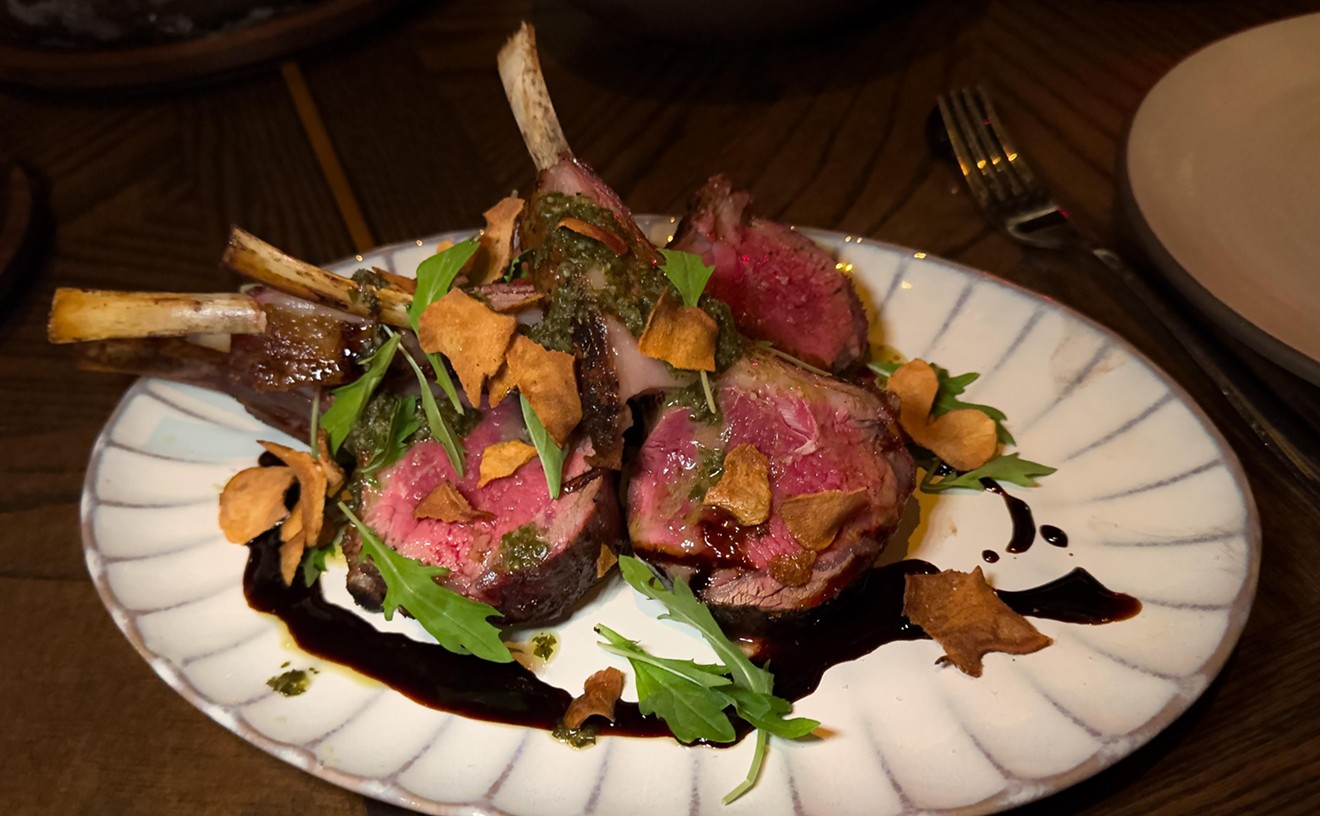But when you cut into your animal protein, there's a good chance these days you might be surprised by the way it looks.
I'm not sure how it happened, or even exactly when. But it seems to me that during the past few years, restaurants have changed the definitions of "rare," "medium-rare," "medium," "medium-well" and "well-done," and we haven't been paying attention.
Once upon a time, everybody seemed to agree on what these terms meant. "Well-done" meant just short of burnt to a crisp; "medium-well" meant all the juices had disappeared; "medium" meant completely brown in the center, with no trace of pink and almost no running juices; "medium-rare" meant a thin strip of pink running through the interior, gradually darkening to brown as you approached the edges; and "rare" meant pink throughout, with lots of red juices.
These days, though, the old definitions don't apply. To most line cooks in 1996, "rare" doesn't mean pink, it means almost raw. Order a steak medium-rare and you're likely to get meat that's barely cooked in the interior, and pink at the exterior. "Medium" is what I used to take for "medium-rare": almost entirely pink, with maybe just a bit of brown near the edges. "Medium-well"? That just means there's no pink, what diners once called "medium." And "well-done"? Many restaurants now put disclaimers on the menu--"We are not responsible for meat ordered well-done." And if you do order it that way, the kitchen will still hesitate to turn it into the smoldering cinders you probably want.
Actually, the new definitions correspond more closely to the way the rest of the world understands the terms "rare," "medium" and "well-done." In France, for example, if you ask for your meat bleu, it comes virtually untouched by heat or flame. The next level is saignant, which is still significantly less cooked than most Americans are used to. Your guidebook may translate a point as medium, but if you order a steak this way, it will arrive as pink as a newborn baby's bottom. And while bien cuit literally means well-cooked, the meat will probably pass for medium-rare or medium.
Why the change? Certainly, diners are more sophisticated. Most folks realize that cooking a piece of prime New York sirloin to the consistency of shoe leather is a culinary crime. And there's a certain amount of trendiness involved, too--nowadays, cooks seem to be involved in a contest over who can send out the rarest piece of beef, lamb or fish. (For health reasons, ground beef, chicken and pork must be thoroughly cooked.)
One solution to the confusion? Tell the server how you want your meat to look: For instance, ask for a barely cooked center, pink at the edges. Then let the server worry about telling the kitchen whether you want your meat rare, medium-rare, medium, medium-well or well-done.
--Howard Seftel
Suggestions? Write me at New Times, P.O. Box 2510, Phoenix,










